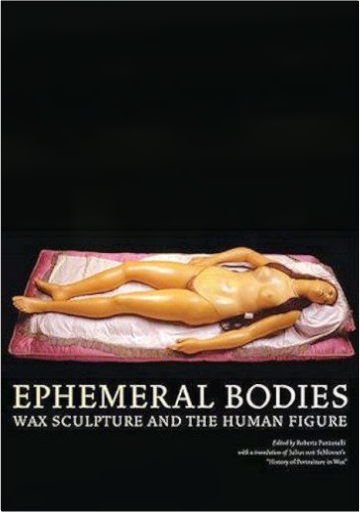 The material history of wax is a history of disappearance—wax melts, liquefies, evaporates, and undergoes innumerable mutations. Wax is tactile, ambiguous, and mesmerizing, confounding viewers and scholars alike. It can approximate flesh with astonishing realism and has been used to create uncanny human simulacra since ancient times—from phallic amulets offered to heal distressing conditions and life-size votive images crammed inside candlelit churches by the faithful, to exquisitely detailed anatomical specimens used for training doctors and Medardo Rosso’s “melting” portraits. 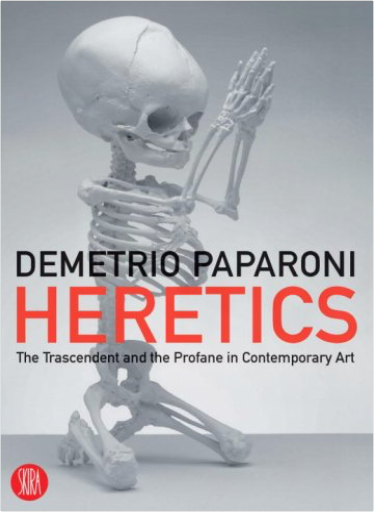 Focusing on concepts of spirituality, Heretics looks at themes such as the contrast between good and evil, sacredness, and the relationship between eroticism, sex, and death in the production of forty contemporary artists, including Marina Abramovic, Nobuyoshi Araki, Vanessa Beecroft, Robert Mapplethorpe, Paul McCarthy, and Joel-Peter Witkin. This richly illustrated anthology includes critical essays by prominent philosophers, anthropologists, and art historians such as Gore Vidal, Faye Waddleton, Jean Baudrillard, Arthur C. Danto, Vito Mancuso, Michel Maffesoli, Pierre Riches, Julien Ries, Arturo Schwarz, and others.  Toward the end of the Middle Ages, medical writers and philosophers began to devote increasing attention to what they called "women's secrets," by which they meant female sexuality and generation. At the same time, Italian physicians and surgeons began to open human bodies in order to study their functions and the illnesses that afflicted them, culminating in the great illustrated anatomical treatise of Andreas Vesalius in 1543. Katharine Park traces these two closely related developments through a series of case studies of women whose bodies were dissected after their deaths: an abbess, a lactating virgin, several patrician wives and mothers, and an executed criminal. Drawing on a variety of texts and images, she explores the history of women's bodies in Italy between the late thirteenth and the mid-sixteenth centuries in the context of family identity, religious observance, and women's health care.Secrets of Women explodes the myth that medieval religious prohibitions hindered the practice of human dissection in medieval and Renaissance Italy, arguing that female bodies, real and imagined, played a central role in the history of anatomy during that time. The opened corpses of holy women revealed sacred objects, while the opened corpses of wives and mothers yielded crucial information about where babies came from and about the forces that shaped their vulnerable flesh. In the process, what male writers knew as the "secrets of women" came to symbolize the most difficult challenges posed by human bodies— challenges that dissection promised to overcome. Park's study of women's bodies and men's attempts to know them—and through these efforts to know their own—demonstrates the centrality of gender to the development of early modern anatomy. 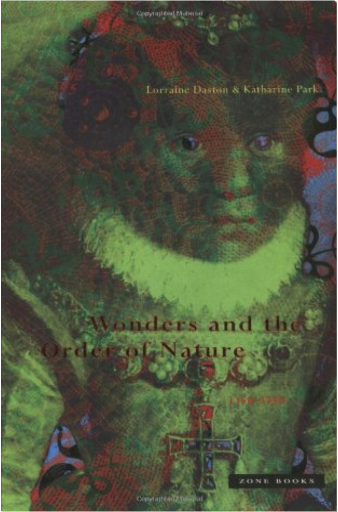 Winner of the History of Science Society's Pfizer Prize"This book is about setting the limits of the natural and the limits of the known, wonders and wonder, from the High Middle Ages through the Enlightenment. A history of wonders as objects of natural inquiry is simultaneously an intellectual history of the orders of nature. A history of wonder as a passion of natural inquiry is simultaneously a history of the evolving collective sensibility of naturalists. Pursued in tandem, these interwoven histories show how the two sides of knowledge, objective order and subjective sensibility, were obverse and reverse of the same coin rather than opposed to one another."— From the IntroductionWonders and the Order of Nature is about the ways in which European naturalists from the High Middle Ages through the Enlightenment used wonder and wonders, the passion and its objects, to envision themselves and the natural world. Monsters, gems that shone in the dark, petrifying springs, celestial apparitions—these were the marvels that adorned romances, puzzled philosophers, lured collectors, and frightened the devout. Drawing on the histories of art, science, philosophy, and literature, Lorraine Daston and Katharine Park explore and explain how wonder and wonders fortified princely power, rewove the texture of scientific experience, and shaped the sensibility of intellectuals. This is a history of the passions of inquiry, of how wonder sometimes inflamed, sometimes dampened curiosity about nature's best-kept secrets. Refracted through the prism of wonders, the order of nature splinters into a spectrum of orders, a tour of possible worlds. | 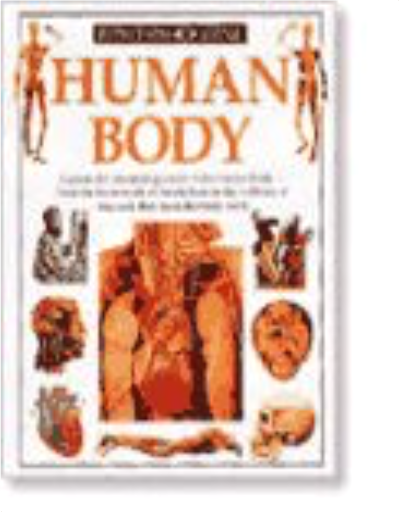 How much blood does the heart pump every day? Why is blood red? Find out the answers to these and other questions in this new look at the human body.. 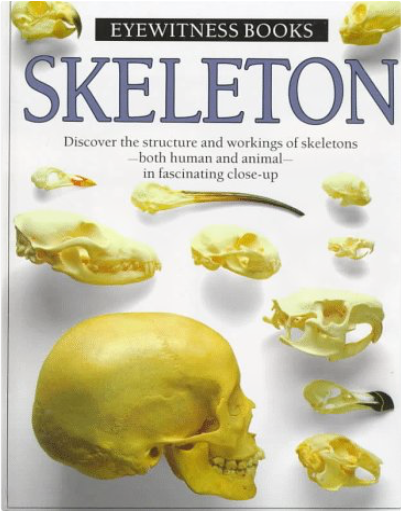 Full-color photos. "An arresting introduction to skeletons. Each spread has an introductory paragraph plus captioned drawings and spectacular photos. Topics include exoskeletons, fish, birds, mammals, arms, skulls, and teeth. The look at the human skeleton also gives discussions of skull, spine, ribs, arms, and legs, plus front and rear views. A wealth of information, beautifully presented."—Kirkus. 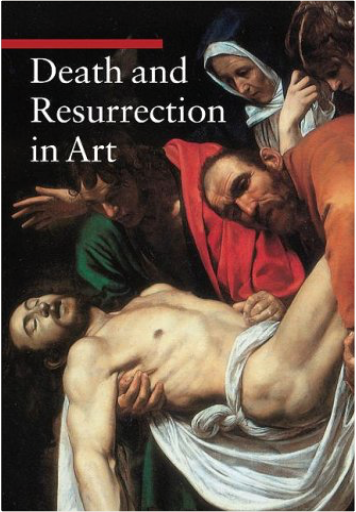 As one of the unavoidable realities of human existence, death is also one of the oldest and most common themes in the history of art. From Egyptian tomb paintings and battle scenes on Greek vases by anonymous artists, to depictions of the Crucifixion and Resurrection of Jesus by the great Renaissance masters, to contemporary encounters with these subjects by such artists as Damien Hirst and Andres Serrano, the contents of this book highlight three thousand years of the iconography of death and resurrection. While focusing on the Western artistic tradition, the book also includes many artworks from Asia, Africa, and Oceania. 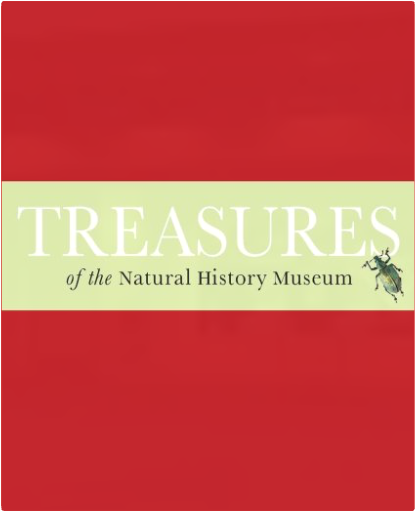 The Natural History Museum, London is home to one of the world’s most important and comprehensive collections of natural history specimens, literature and artworks. This book is a celebration of over 200 of the Museum’s most exceptional possessions including world-famous specimens and little-known curiosities. The treasures are selected both from objects on display and those stored behind the scenes. Each one is chosen for its scientific importance, striking beauty or intriguing story—and sometimes all three. Among the many exceptional natural wonders featured are: a rare meteorite from Mars; Darwin’s celebrated finch specimens; a lethal claw from the dinosaur Baryonyx; one of the first forms of life on Earth; and some immaculately dressed fleas. The book also includes the magnificent Museum building itself with its many architectural treasures. With intriguing stories behind each entry, Treasures of the Natural History Museum is a fascinating insight into the best of the Museum’s unrivaled collections. |

Morbid Anatomy Museum
Collection Total:
1,253 Items
1,253 Items
Last Updated:
Jan 26, 2016
Jan 26, 2016
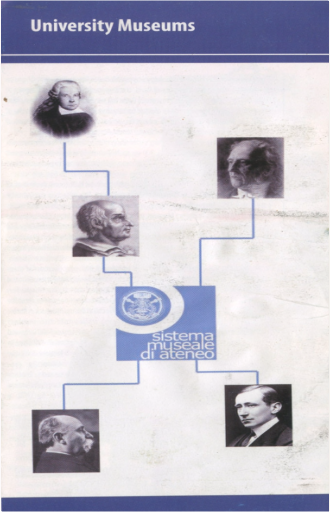

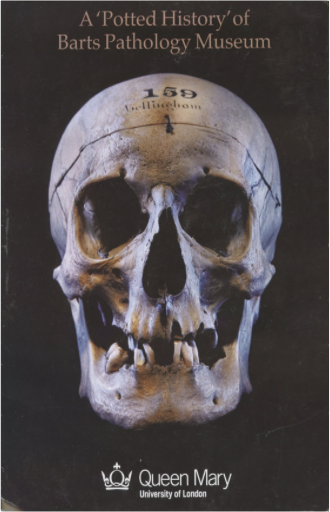


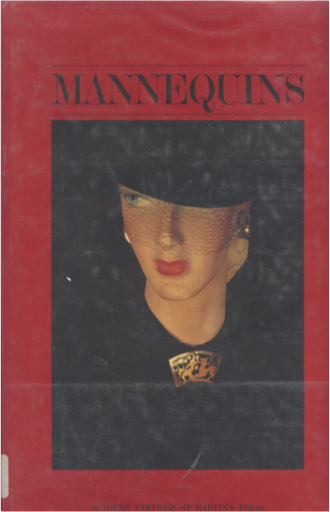
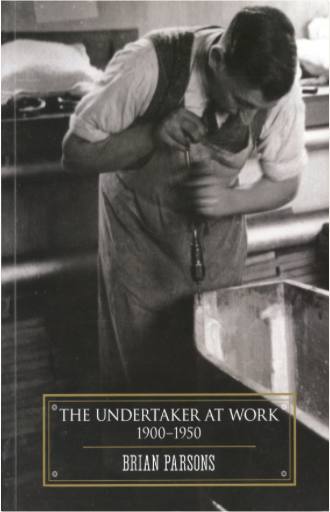
 Made with Delicious Library
Made with Delicious Library